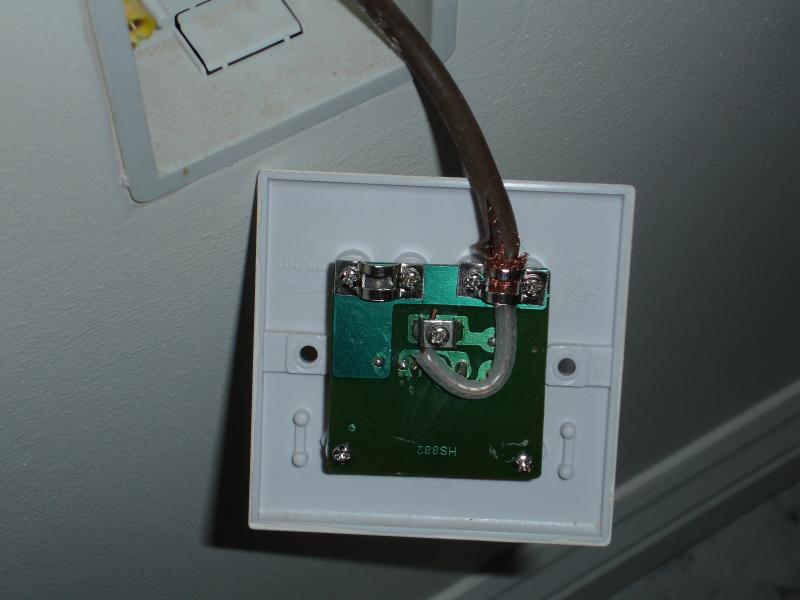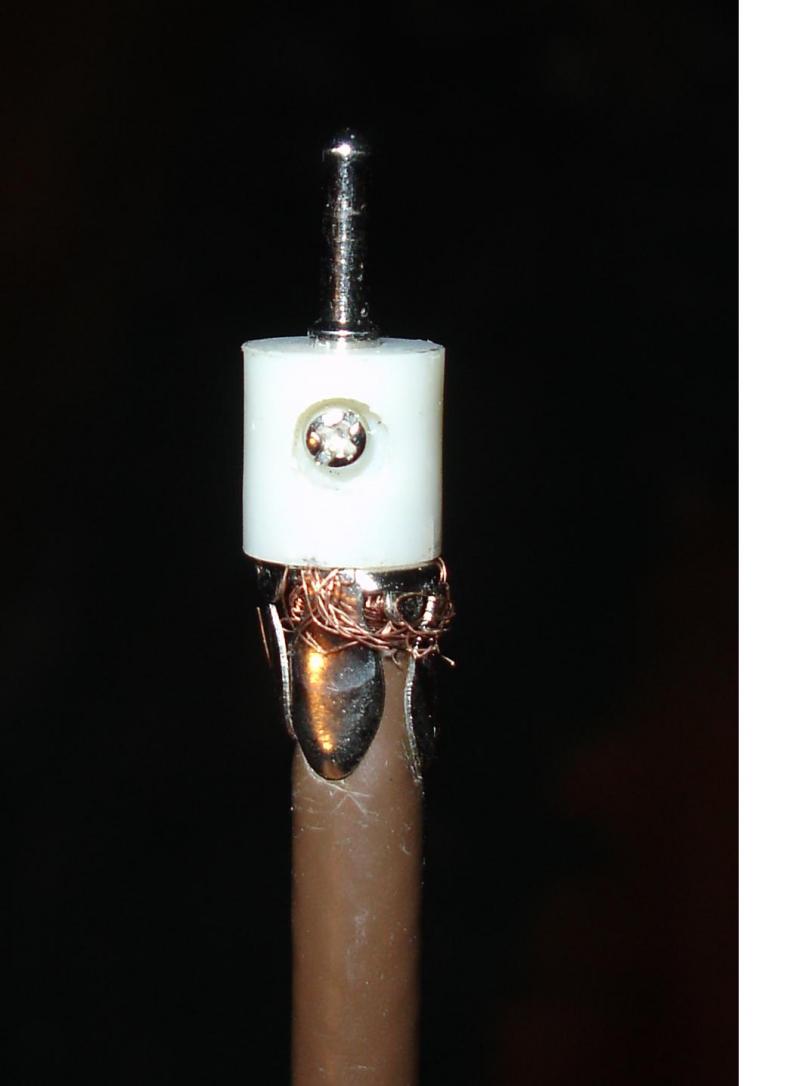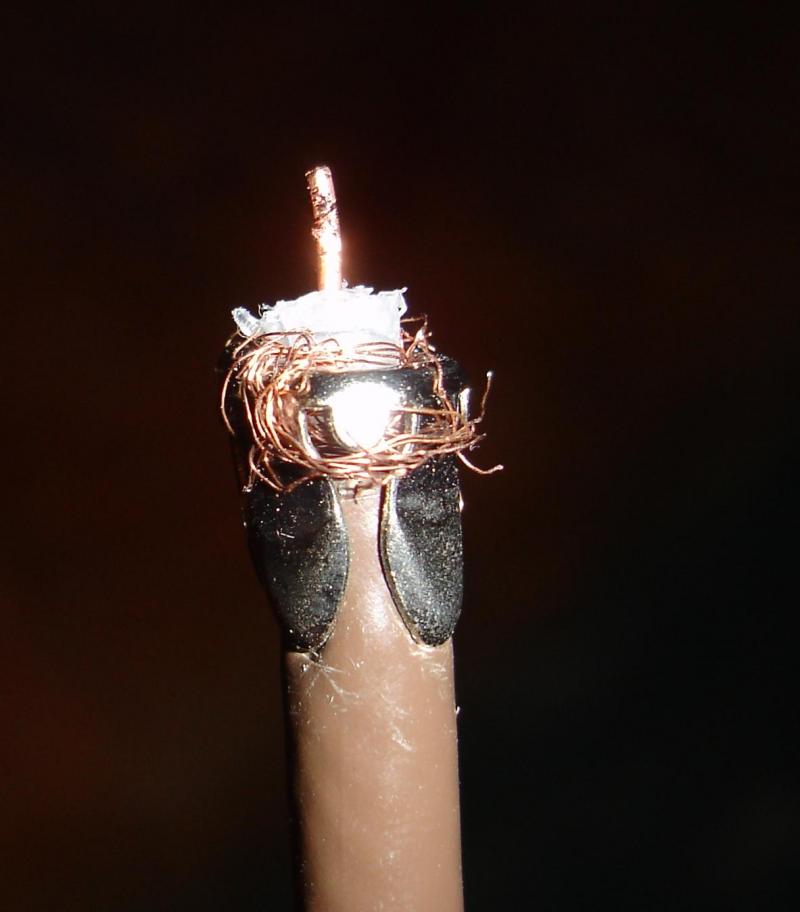I'm good at confusing people

The only electricity in the loft is the light circuit. I'd managed to run a long extension lead from the floor below into the loft, and plugged the remote power supply for the amp into that. I then attached an ordinary co-ax lead (usual Male to Male one used for wall socket to tv) to the amp from the power supply. Hence power travels happily from the amps remote power supply to the amp itself via a co-ax cable (hence proving no problem with the amp, and that the extra amplification is enough to get the appropriate strength of signal down to all rooms).
That just leaves me the problem of how to power the amplifier. Although the signals are fine along all the cables to the different floors (when the amp is powered by the extension lead set-up described above), I cant seem to pass the power up from the remote amp when it is located remotely. I reckon that either:
- The face plates on the walls are preventing any power passing up the co-ax to the loft or
- There is something odd with the connections/plugs somewhere along the chain which allows good strength signals to be passed, but down, but not power to be passed up.
Hopefully that is a bit clearer

Many thanks
Nick




